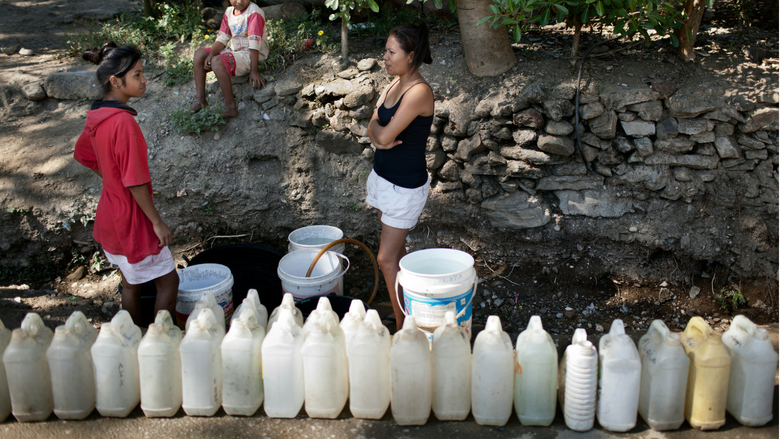In 2002, after decades of conflict, the newly independent Timor-Leste was left with almost 90% of infrastructure destroyed. The government has since made efforts to rebuild roads, health facilities and irrigation systems, however water supply infrastructure for domestic, sanitation and industrial needs are still underdeveloped and require substantial investment. This report highlights key priority areas in the water sector and identifies potential investment options to achieve the government’s strategic development goals.

